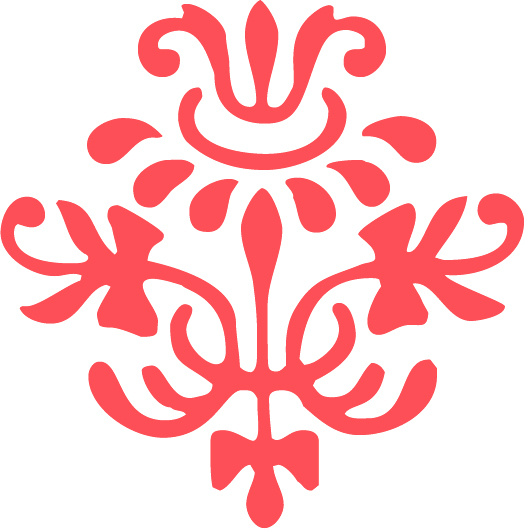FOREWORD

THE FIRST DIFFICULT WOMAN I KNEW was named Myrtle. Elderly and white haired, single and childless, she lived next door to my family when I was five. A spinster, my father told me one day, his tone so disparaging it sparked my interest. She thinks she can do whatever she wants to do, he said. Even at five, I knew this to be in violation of a cardinal rule in the unwritten but widely known rule book of what it means to be female.
Intrigued, I studied Myrtle from afar, deeply curious about what a woman who thought she could do whatever she wanted to do might actually do. But my findings were a disappointment. Doing whatever she wanted to do, at least in this particular case, turned out to be nothing more than to play her piano in the early evenings—the melodic thunder of it spilling from her windows into our yard, where I did gymnastics with my sister while pretending not to be a spy. I don’t recall a single conversation with Myrtle, and yet the fact of her existence stuck to me like a burr. Perhaps because even all those years ago, I knew that I, too, wanted to be the kind of woman who did what she wanted to do.
In my 20s, I named my truck after Myrtle. I’m not generally one to assign human qualities to automobiles, but this truck was different, and the name fit. A 1979 Chevy LUV pickup, Myrtle was more companion than vehicle, more confidante than mass of metal and machinery. In her I could go anywhere, and did. From New York to Alabama to Minnesota to Wyoming to Arizona to California to Oregon and points in between, that truck was my home away from home on countless weeks-long, low-budget road trips. I slept alone amid the vast darkness of national forests on a futon I’d laid out in the truck’s long bed, cooking dinner solo in small-town parks on a camp stove propped on the tailgate. In Myrtle’s rusted body—onto which I’d plastered bumper stickers that said things like Feminism Is the Radical Notion That Women Are People and Question Authority and Well-Behaved Women Seldom Make History—I had my first taste of what it felt like to do what the original Myrtle had done. I too had defied one of the cardinal rules in the unwritten but widely known rule book of what it means to be female: Into the wildest places, I’d ventured alone.
I thought of those two Myrtles and the two younger versions of myself as I read this book, which is chock-full of people who remind us, by the example of their lives, that rules are powerful only if we obey them. These 29 fascinating, moving, entertaining, and inspiring essays explore the many facets of what it means to be female and “difficult”—which is really another way of saying female and “brave enough to express the full range of one’s humanity.” Instead of carrying out the wishes of others, the accomplished women in these pages did what they wanted to do, the way they wanted to do it. Without apology, they decided to be ambitious and bold, adventurous and emotional, brainy and defiant, incorrigible and outlandish, determined and badass.
They said no in a world that expects women to say yes, and yes in a world that doesn’t even bother to ask them the question.
Their stories matter because they teach us how to live, much in the same way that old, outdated-from-the-start rule book of what it means to be female tried to do. Each story offers us another version, another path, another way of seeing women and being one.
They’re also a lot of fun to read. Each chapter felt to me like I finally had the goods on the mysterious woman who lived next door. We are led to vividly imagine the young Jane Goodall doing her first research while camping in the central African bush with her mother, as well as the unflinching pain that informed Frida Kahlo’s most exquisite paintings. We contemplate Laverne Cox’s undaunted courage as a trans woman and the nerve it took for Lena Dunham to flaunt what most perceive as imperfection. We delve into the essence of Elizabeth Warren’s persistence and Billie Jean King’s competitive drive and Eva Perón’s fanaticism, among so much more.
And, through these perceptive and personal portraits, we get a portrait of Karen Karbo herself. I happen to know she’s also a woman who threw out the rule book of what it means to be female. She replaced it with this book instead.
—Cheryl Strayed
Author of Wild and Tiny Beautiful Things